The curing tank is designed for curing concrete cubes and cylinders. The temperature can be set and maintained to the required value by an electric resistance incorporating a thermoregulator which maintains set temperature between ambient to 40ºC with ±2 C° accuracy.
The tank is supplied complete with base rack.
Suitable upper racks to hold concrete cubes are available on request (max. 8 pieces). The tank is also supplied with a submersible circulator pump to assure good temperature uniformity.
230 V, 50–60 Hz, 1 ph.
| Model | JB-037 | JB-037/GLV | JB-037/PLE |
| Dimensions(mm) | 800x1200x800 mm | 630x1850x600mm | 1000x2000x1000mm |
| Temperature Range | Ambient temperature 40 °C | Ambient temperature 40 °C | Ambient temperature 40 °C |
| Made of zinc coated sheet steel | Made of Rigid plastic | Made of polyethylene plastic | |
The curing tank ensures that the special samples prepared for testing are kept, and ensures that the samples are preserved without any damage and without any change in their values until they are ready for testing.
The curing tank is also used to store the samples in case the retesting process needs to be repeated in the later stages of the test or for presentation at the official steps.
It is especially important that the products to be tested are stored safely, and paying attention to the storage conditions is also effective on the results to be obtained as a result of the experiment.
Curing tanks, on the other hand, have been specially developed for this process and have a very important feature in terms of preserving the samples. It includes 8 upper shelf sets, circulation pump and thermostatic heater.
Curing Tank Features
It is possible to say that there are 3 different models in terms of curing tank features. The features and dimensions of each model are different from each other, and the purposes of use vary at this point.
These devices, which are produced in accordance with ASTM C 192, ASTM C 31, ASTM C 511 and EN 12390-2 standards, consist of three different models as AR-037, AR-037/GLV and AR-037/PLE.
In this context, the AR-037 model stands out as the smallest model, especially in terms of size. This model, which has 800x1850x800 mm dimensions, provides protection up to 40 °C in terms of the temperature range. The fact that it is produced using hard plastic increases its durability.
The AR-037/GLV model, on the other hand, is slightly larger in size than the previous model and measures 630x1850x600mm. This model, which has the same temperature range as the previous model, is produced using sheet metal as the production material.
The last model is AR-037/PLE, which is the model with the largest dimensions. This model, which has 1000x2000x1000mm dimensions, has the same temperature range as the other two models. Thanks to the fact that it is made of polyethylene plastic material, it is the most resistant model against abrasion and chemicals.
At the same time, since all models have 2 degrees of lower and upper sensitivity, they give the most realistic results. At the same time, thanks to the resistance with a digital thermo regulator, the sensitivity can be adjusted easily and it is also possible to fix it.
Curing Tank Usage
The samples brought to the laboratory are placed in curing pools and these products are kept in water for an average of 7 days. However, after waiting for 28 days, some products are taken to the press machine and broken and the compressive strength of the concrete class is measured.
If the estimation results obtained as a result of the 28-day compressive strength reveal an abnormal situation, the most important reason for the slaughter in 7 days is to intervene with the measurements taken in 7 days.
For this reason, concrete production companies measure the compressive strength for 7 days and break the sample in 2 or 3 days and look at the compressive strength results. Thus, it is much easier to intervene in case of any problem.




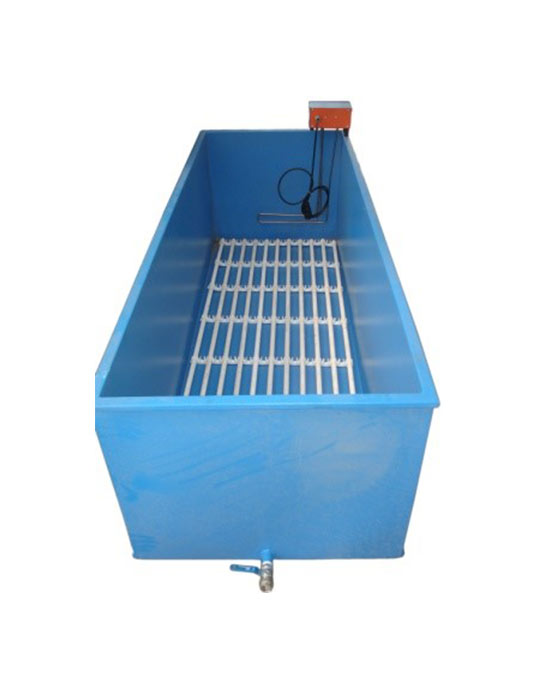
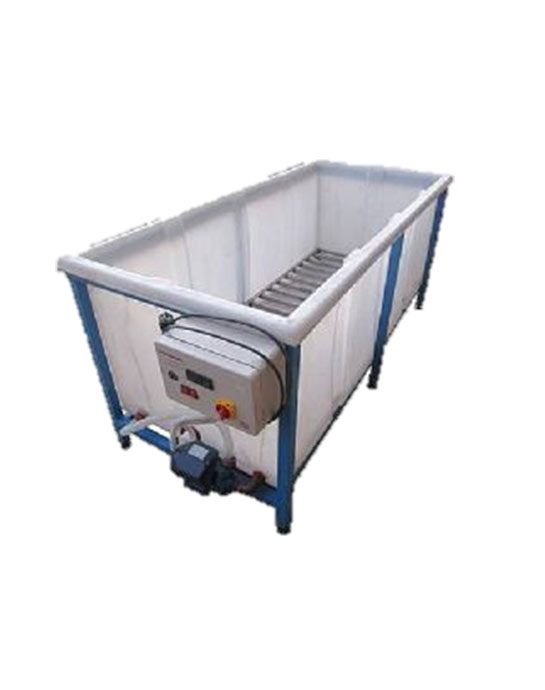
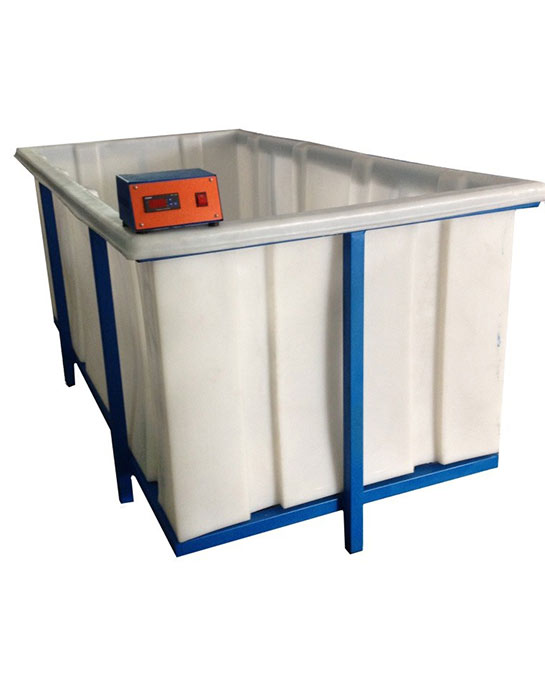
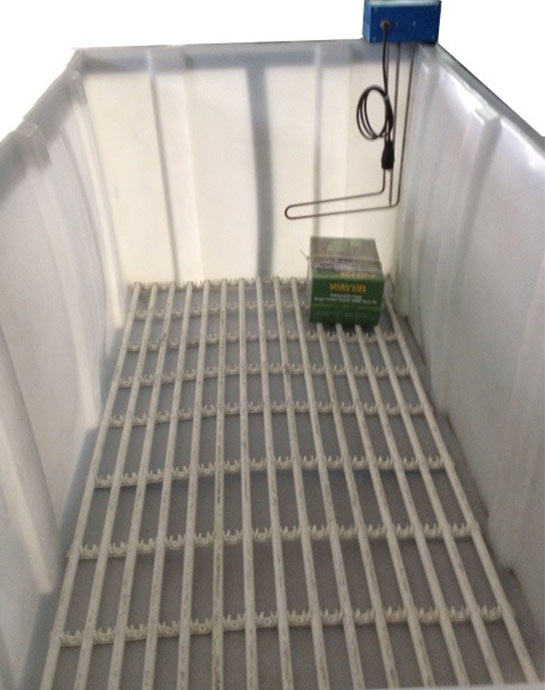
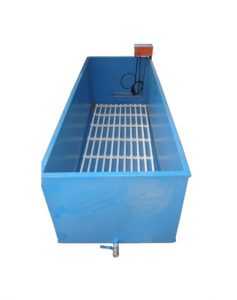
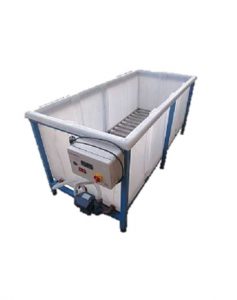
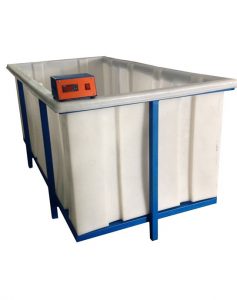
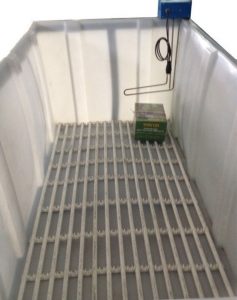
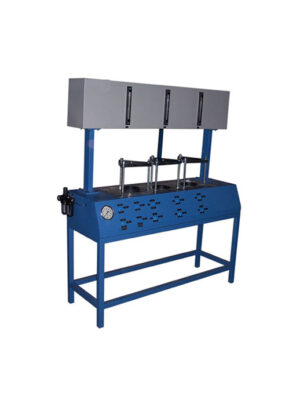
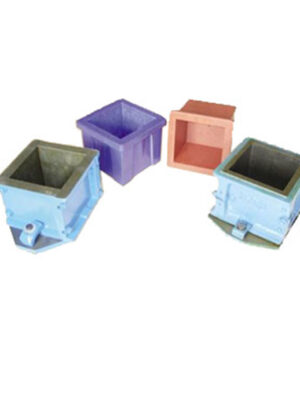
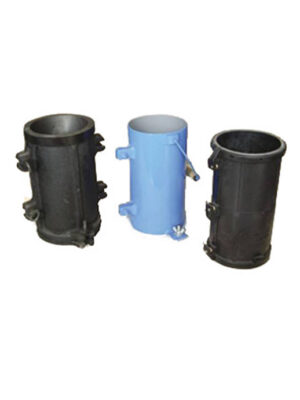
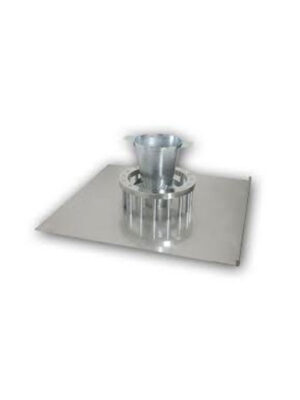
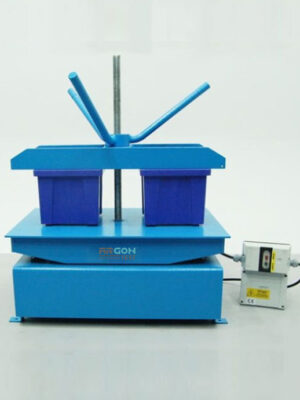
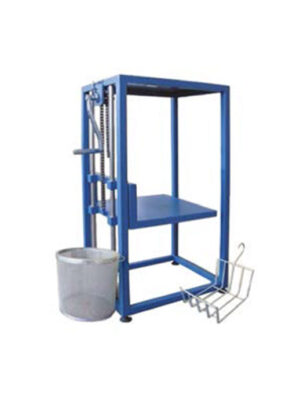
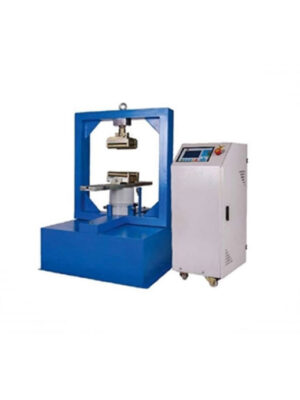
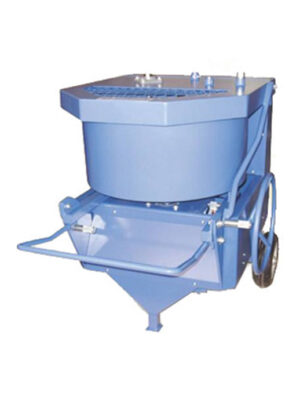
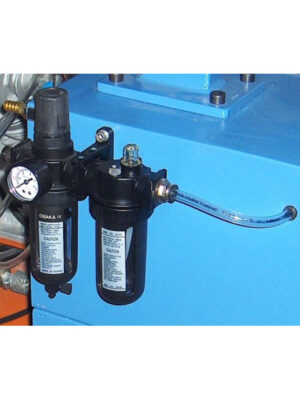
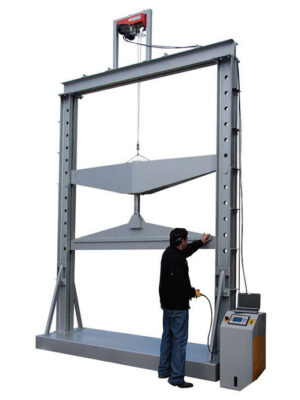
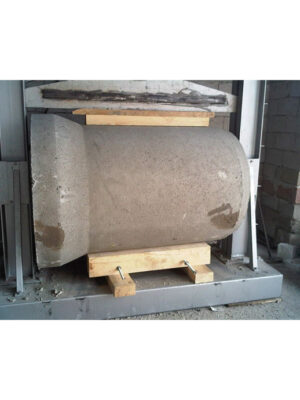
Reviews
There are no reviews yet.